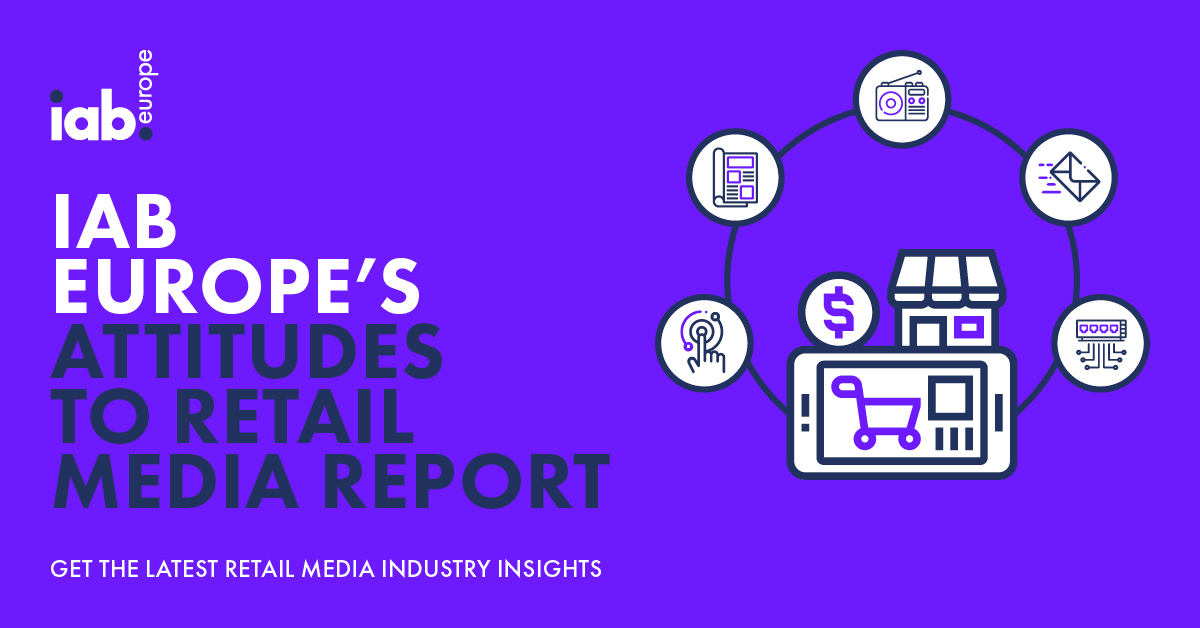Eran Kinsbruner, Mobile Technical Evangelist, Perfecto explains how retailers can optimise apps for ecommerce success.
In today’s mobile world, digital apps are more prevalent than ever. The experience that a consumer has using an app can make or break their desire to make a purchase, and in turn have a huge impact on the overall success of the brand.
In order to ensure that your app is generating profit through sales while also building brand engagement and product recognition, the burning question facing organisations today is this: “how can I deliver a high-quality digital experience to my end-users?”
With 4 out of 10 digital purchases now involving more than one device, the purpose of digital must be to unite web and mobile assets and deliver a memorable, consistent user experience across channels. A recent Perfecto study showed that 76% of businesses have a digital presence across both web and mobile, but 67% still cite delivering a reliable and consistent digital experience across these channels as a major challenge. The biggest hurdles to be aware of in ensuring that your app is profitable and successful are having extensive knowledge of the customer, choosing the correct pricing model, creating close communication between the business team and the developers, and testing the app for real-world success.
At the core of your digital app strategy needs to be a deep understanding of your user. This means anticipating their needs, most desired functions, preferred forms of engagements, most commonly used devices, and more. Luckily, this doesn’t have to be guess work.
Businesses now know more about their customers than they have at any other time. With the sheer amount of data being generated, collected and analysed, leaders have far deeper insights into the behaviours of their target users. CVS, one of the giants of retail pharmacy, is a great example of a game-changer success story in this space.
The company recognised a customer need for coupons and incentives while shopping, and has begun using Google’s ‘nearby beacons program’ in its mobile app. CVS is among the first to include this feature, leveraging the technology in its app to not only track customer movements while shopping, but to improve their experiences in the store and alert them when they are nearby. This has been a very successful venture for CVS, creating a high-quality digital customer experience.
Customer expectations, however, can also stem from the wider market and from device manufacturers. It is particularly important to make your apps as easily accessible and fast to use as devices allow. Many phone models are now able to scan fingerprints so consumers increasingly expect that even highly-secure apps, such as financial and banking ones, can be quickly accessed with a single touch instead of a lengthy password.
Choosing the right pricing model
Gartner recently reported that consumers are increasingly preferring to make payments while in an app that was free, rather than paying for an app upfront. The study found that the revenues from in-app transactions were about 24% higher than those on pre-download payments, and only those pieces of software with the most value in the eyes of the user will be used for such purposes. Explaining this trend, the report emphasises that once users are confident an app delivers the expected value without having to pay upfront, they then find it easier to spend on in-app transactions.
Even within these direct revenue models, there are different options for app providers to consider, from recurring in-app transaction options to all-encompassing one-off upgrades to a premium version of the app. An in-between that offers consumers greater flexibility and choice can also be to have extra features available throughout the life cycle of an app, while also offering customers the option to purchase the full premium package in one go.
Regardless of the business model chosen for an app, however, testing will always play a major role in revenue generation, and quality assurance (QA) teams need to be especially focused on the establishment of optimal user experiences before trying to cash in on in-app transactions. As Stephanie Baghdassarian, Research Director at Gartner, advises in the report: “A great customer experience leads to users advocating a product or service; it also keeps the user a loyal and returning consumer of the service.”
Knowing your customer and their expectations, as well as the optimal pricing model for your app, helps to envision a high-quality customer experience – and once it is envisioned, it can be developed. This process requires the business and app development teams to be in sync.
The two worlds – technical teams that build and release great digital products and marketing teams that measure the leads and conversion rates that come from digital engagement – must collaborate at every step.
Some 77% of organisations feel as though siloed information and processes are hindering them from achieving optimal performances and they don’t have the solutions necessary to break down those barriers. The necessary solutions – building a human bridge, having a mutual goal between the two teams, and making quality the priority – are available to assist in fruitful collaboration and to produce the customer experience that your organisation hopes to create but feels is out of reach.
Most businesses’ app testing and quality assurance (QA) teams carefully test the ‘functional’ aspects of their apps, i.e. make sure that critical functions such as downloading to payment processing, and everything in between is working. This testing is important, but it is becoming critical to look deeper.
By their nature, mobile apps will be used from different locations and under different conditions, forcing your teams to consider various factors and user conditions. This in turn requires the ability to test in environments that accurately mimic real user conditions. And although 79% of developers are testing in these environments, nearly all view it as a challenge to some degree.
Testing for unique usage patterns, environments and real-user conditions that your customers experience every day is critical to improving mobile quality and preventing user churn. The growth of the digital landscape, and the industry’s continuous development, make it difficult for businesses to keep up and ensure a high-quality experience across devices.
In a world in which an increasing number of consumers are making purchases on their mobile devices, creating the web and mobile applications that meet customer needs has never been more important to your business. Keeping users engaged, visiting on a regular basis, and avoiding having your apps resigned to the discarded pile will require the ability to test and deploy quickly and continuously. If retail businesses can ensure that apps are constantly improving and any bugs are fixed quickly at the speed required, they can truly realise the opportunities available in today’s mobile ecommerce market.





